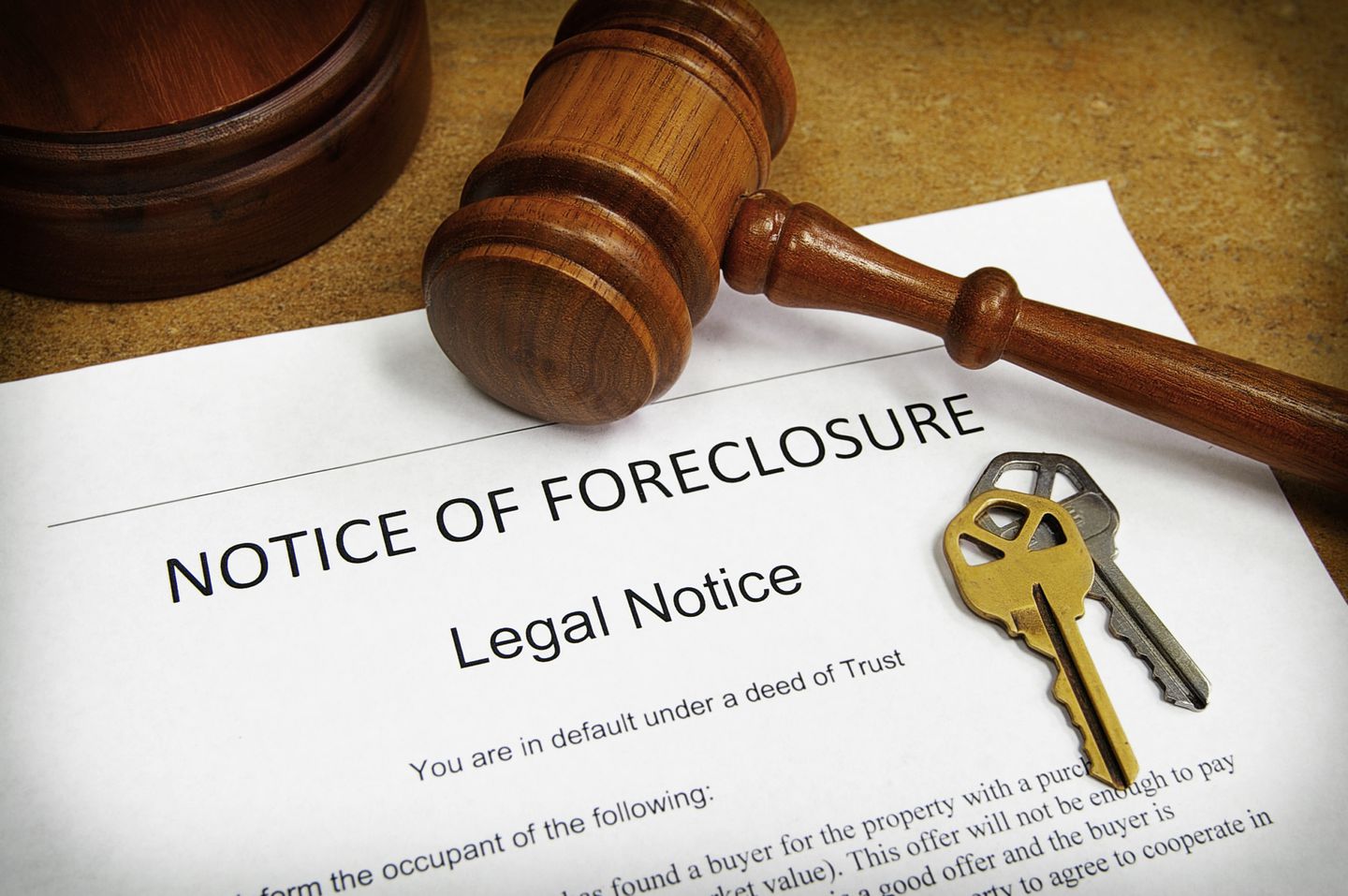Believe it or not, there’s no limit as to how many times you can file for bankruptcy. While most people will file for bankruptcy only once, filing multiple bankruptcies can happen if you experience more than one financial crises in your life. The first thing to know is that there are many different types of bankruptcies, and each one specifies a waiting period after a bankruptcy discharge or filing before you can open a new case.
What Is the Difference Between Bankruptcy Filing and Bankruptcy Discharges?
A bankruptcy filing opens a legal case. Per the Bankruptcy Code, there is no limit to the number of bankruptcies you can file within a certain time frame. A bankruptcy case can be closed for any number of reasons. If your case is closed, you can file again immediately, but won’t be entitled to a discharge.
What is a bankruptcy discharge? A discharge of debt releases you from having to repay it, while creditors can no longer take action to collect it. By law, you must wait a minimum amount of time between discharges to file for bankruptcy again. The time requirements differ between the types of bankruptcies, which one you previously filed for, and the one you are pursuing.
What Are the Different Types of Bankruptcies for Individuals?
The 3 different types of bankruptcies most commonly filed include:
- Chapter 7 Bankruptcy: Allows an individual, or business, to sell assets to pay off some debt, and also discharges large amounts of unsecured debt, such as credit card balances. A business will discontinue operations after a Chapter 7 filing.
- Chapter 11 Bankruptcy: Businesses as well as high net worth individuals can file. It allows a business to continue operating and for the owner to remain in control, while Chapter 11 can strip liens and reorganize and strip debt from properties of an estate.
- Chapter 13 Bankruptcy: Reorganizes debt into a payment plan based on a debtor’s regular earnings. The agreement consolidates debts and creates a plan to pay them off, based on your monthly income, over 3 to 5 years.
When to File a Bankruptcy Discharge
Once you file for bankruptcy, the years between filing depends on your next move. The clock starts ticking on the date of the prior case, not the date of the most recent discharge.
- Chapter 7 to Chapter 7: With a Chapter 7 bankruptcy, discharged debt is lifted from your obligations, and you don’t need to complete a repayment plan. However, the time until you can file for Chapter 7 again is eight years, the longest stretch between cases the Bankruptcy Code calls for.
- Chapter 13 to Chapter 13: Once you file for Chapter 13 bankruptcy, discharged debt can be relieved before completing your repayment plan if you experience an unexpected hardship. The minimum wait is at least two years from filing your first case. Since a Chapter 13 repayment plan must span at least three years, such a filing is very rare.
- Chapter 7 to Chapter 13: If you file for Chapter 7, you must wait four years to file Chapter 13 bankruptcy and be eligible for a discharge. However, if your debt liability has been relieved in the previous case, you can do a Chapter 13 filing to pay off tax debts and other debt that was left over from before.
- Chapter 13 to Chapter 7: There is a six-year waiting period between when you can file bankruptcy under Chapter 7 after Chapter 13. But the waiting period can be waived if your unsecured debt was paid in full and in other special circumstances. If you received a discharge under Chapter 13, you can file Chapter 7 about a year later as a Chapter 13 repayment plan takes up to five years to complete.
What Are My Legal Options?
It’s important to be honest and follow all the advice of your bankruptcy legal counsel. A revoked bankruptcy discharge can occur if a trustee determines you obtained a discharge fraudulently. The court will make the decision. If you’ve acted in good faith (i.e., didn’t disobey a court order), and have fully disclosed your finances to your attorney, you should have many legal options on your side.
For example, if a previous bankruptcy was dismissed, you can file a motion with the court and explain why it should extend an automatic stay. The subsequent bankruptcy would have to be filed in good faith to proceed. In any case, a bankruptcy lawyer can advise you on when you can file your second bankruptcy, help ensure your automatic stay doesn’t expire, and inform you of other debt-relief options.
Contact OakTree Law
Filing multiple bankruptcies is complicated. At OakTree Law, our legal professionals are familiar with all types of bankruptcies and can help regain your financial footing even if you require an additional bankruptcy filing. Call 888-348-2609 or request your free evaluation online today.







